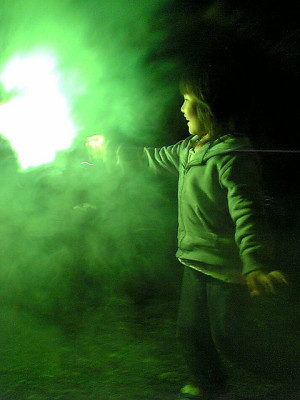 Weeks ago I read an article by Penelope Green about a woman named Marie Kondo who gives advice on de-cluttering our lives. I was quite taken by her advice, and I have continued to ponder her suggestion that if we pay attention when sorting through our stuff, we will see that some of our possessions “spark joy” while others don’t. According to Green, Kondo says we should keep only those items that spark joy. I decided to turn the search for sparks of joy into a daily mindfulness activity; to my delight, I found joy sparking in all sorts of unexpected places.
Weeks ago I read an article by Penelope Green about a woman named Marie Kondo who gives advice on de-cluttering our lives. I was quite taken by her advice, and I have continued to ponder her suggestion that if we pay attention when sorting through our stuff, we will see that some of our possessions “spark joy” while others don’t. According to Green, Kondo says we should keep only those items that spark joy. I decided to turn the search for sparks of joy into a daily mindfulness activity; to my delight, I found joy sparking in all sorts of unexpected places.
The first thing that is remarkable about this is the fact that I remembered anything for several weeks. The half-life of my memory seems to be about 24 hours, so I’m usually completely blank about anything that occurred more than five days ago. That just tells you how compelling Kondo’s idea is. The second thing that is remarkable, is that I read this article the day after I had completed a clean out of my closet, doing the semi-annual migration of seasonal clothes between the storage boxes under the bed and the closet. During the migration, I tossed out or kept items based on some idea of what I “should” keep. If something was expensive, then I “should” keep it, even if I was not fond of it. If something was old and showing a bit of wear, I “should” toss it, even if I loved it.The sorting was mostly a cognitive exercise, without much attention paid to feelings. After all, what feelings does one expect to have for a tattered hat or an old pair of socks? Then I read about Kondo’s advice to pay careful attention to our emotional responses to our possessions when we are clearing out our clutter. Items that “spark joy” should be kept. Items that do not “spark joy” should be honored and thanked for their service, and then tossed.
“Often, it’s the unnoticed moments that are the islands of comfort and calm in our day.”
I must admit it had never occurred to me to systematically assess my possessions for their ability to spark joy. I tend to think of friends and family, occasions and events, sparking joy, but not possessions so much. It seemed like a great mindfulness exercise though, so I returned to my closet and my cast offs to apply the joy-sparking test.
I was surprised to find that many of my possessions did spark joy, and it wasn’t always the ones I expected. The disparity was enough to require a re-sort of the keepers and the cast offs. For example, the pale pink sweater that is incredibly soft had been placed in the cast off pile because really, I’ve just been wearing it too long. It looks tattered. When I picked it up, though, I felt definite sparks of joy, identifying the tired sweater as a keeper. But the expensive tweed jacket that had survived the cut the day before? It was a joy kill, so into the cast-off pile it went.
Other surprises. The socks that I’d kept when helping my sister clean out our mother’s belongings after her death three years ago sparked smiles and warm memories. Strangely, her sweater just made me feel sad. So I kept the socks and gave the sweater an honored farewell. Sadness is a useful emotion, but it didn’t feel like a prompt for saving old things.
I was so delighted by this new mindfulness game, that I carried on into the kitchen. Sorting through drawers, eliminating those things that did not spark joy and noting with delight how many items surprisingly created sparks. The bright yellow lemon squeezer and the tattered old wooden spoon were definite keepers.
In our Koru Mindfulness classes, we ask our students to choose an activity that they do daily and do it will full attention and mindfulness. We call this our “mindful daily activity”. The idea is to bring the practice of mindfulness more fully into our lives by paying closer attention to moments that typically go unnoticed.
Often, it’s the unnoticed moments that are the islands of comfort and calm in our day; it is helpful to take notice of them. For several weeks now my mindful daily activity has been to apply the joy-sparking test wherever I go. All manner of things are joy-sparkers: evening light, brisk wind, distant laughter, salty chips, soft mittens, warm water, and on and on.
I have been delighted to find this to be a useful and transformative exercise. It has helped me see that I am surrounded by little puddles of joy that I usually fail to recognize. Yes, I have problems. Yes, life is busy and things don’t always go as I would wish. But if I pay attention, there are little sparks of joy all around me. I just have to remember to notice.

